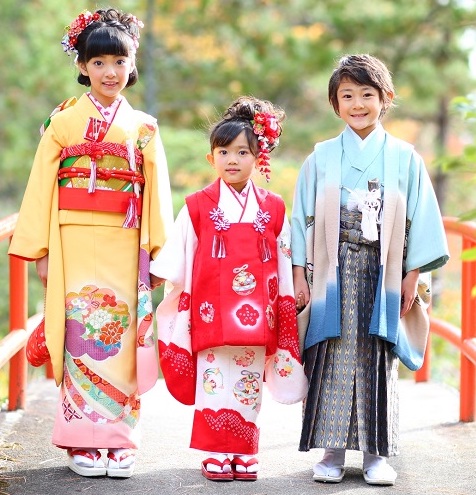
Dec.04
‘Mononoke’, an Inventory of Strange Creatures by Pen
Dec.04
In this book, Shigeru Mizuki offers an artistic interpretation of these supernatural beings found in Japanese legends. They are known as Bakki, Waira, Zan and Tenaga Baba, and they take the form of an ogre, a strange beast, a mermaid or a witch with white hair. Sometimes they live in lakes and sometimes in the…

Nov.27
‘Tokyo City Guide’, the Japanese Capital Seen Through the Eyes of Louis Vuitton by Pen
Nov.27
The reader is immersed in the enormity of a chameleon city, from contemporary architecture to the ancient art of the Asakusa district. Since 1998, Louis Vuitton has been sharing his nomadic spirit through his City Guides. Eagerly awaited each year and met with high acclaim from travellers all over the world, they reveal the spirit of…

Nov.20
Robert Rauschenberg and Japan, a Tale of Collaboration by Pen
Nov.20
In the early 1980s, the American contemporary artist discovered the potential Japanese ceramics had to offer in Shigaraki. An iconic figure in contemporary American art, Robert Rauschenberg (1925-2008) bridged the gap between abstract expressionism and pop art in the 1950s, while refusing to be affiliated with one particular movement. Bringing together materials, symbols, cultures and…
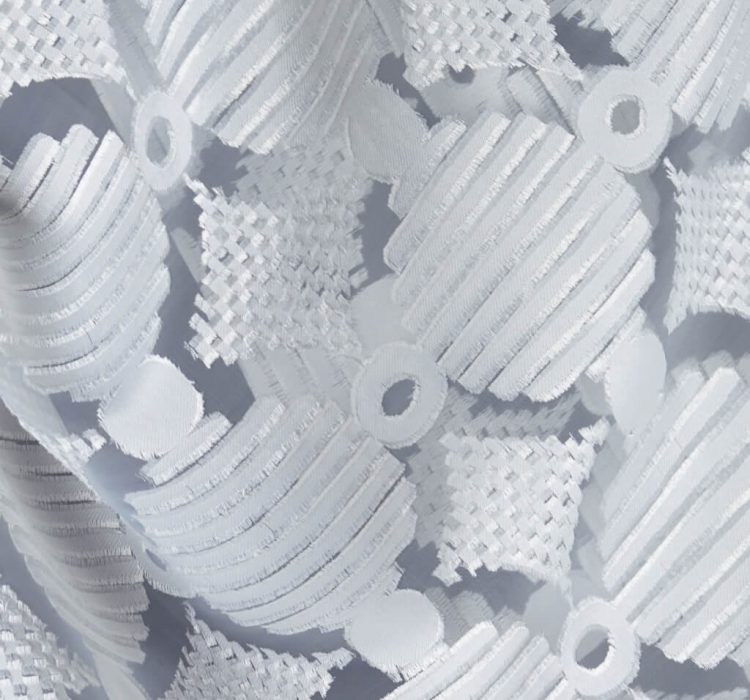
Nov.13
Reiko Sudo’s Textile Revolution by Pen
Nov.13
This textile design company that calls upon the skills of traditional weavers and dyers is now being celebrated in a book of photographs. Published in 2021, the book Nuno, Visionary Japanese Textiles showcases over 300 creations from the company Nuno (‘textiles’ in Japanese). Founded in 1984 by designers Junichi Arai and Reiko Sudo, it built up a…
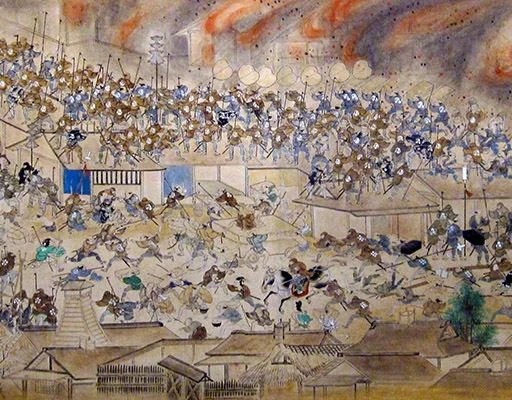
Nov.11
Chasing Paradise: Life After the Fire by MutualArt
Nov.11
Ukiyo-e gradually became the dominant Japanese art form following a devastating fire that was also the birth of Tokyo. The West underwent a similar transformation almost simultaneously According to legend, sometime during the first half of the fifteenth century in Edo, Japan, a young girl came into possession of a kimono. This would not be…
Nov.10
Saving Japanese Crafts: Interview with Steve Beimel Featured on ‘All About Japan’
Nov.10
Interview Japanese Crafts
Soon after arriving in Japan in 1971, JLA’s founder Steve Beimel fell in love with Japanese crafts. Five decades later, deeply concerned about the lack of successors in traditional crafts, Steve founded JapanCraft21, an organization to save and revitalize most endangered master crafts, including Yuzen silk dying, three-dimensional silk weaving, washi papermaking and more. In…
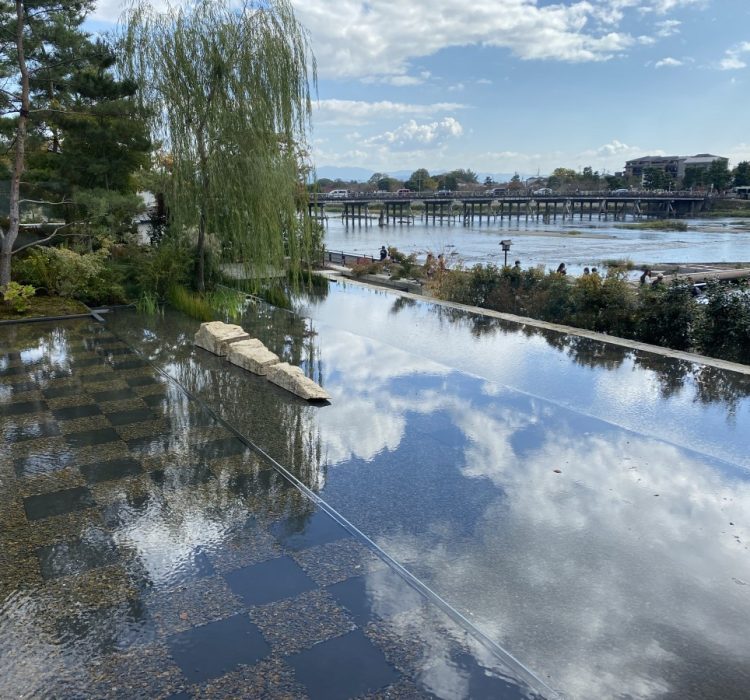
Nov.09
A ‘New’ Museum for Your Kyoto Bucket List
Nov.09
The Fukuda Museum of Art opened in October 2019, but with the pandemic and entry restrictions to Japan, few of us have had a chance to visit. As arts writer Alice Gordenker explains, the museum boasts a beautiful building, a fantastic location on the river in Arashiyama (near the famous bamboo grove) and a really…
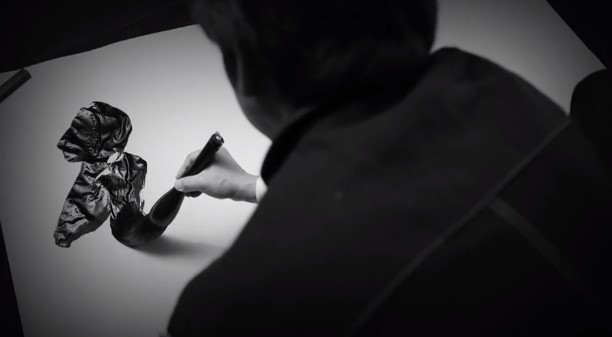
Nov.05
Calligraphy and Car Design on Mazda Stories
Nov.05
Why does a modern car company value the ancient art of calligraphy and use it to communicate key design concepts? “Calligraphy has endured because there is fundamental beauty that dwells within the characters,” says Koji Sakamoto at Mazda’s headquarters in Hiroshima, Japan. “When you write with brush and ink, you express feelings and sensibilities that…
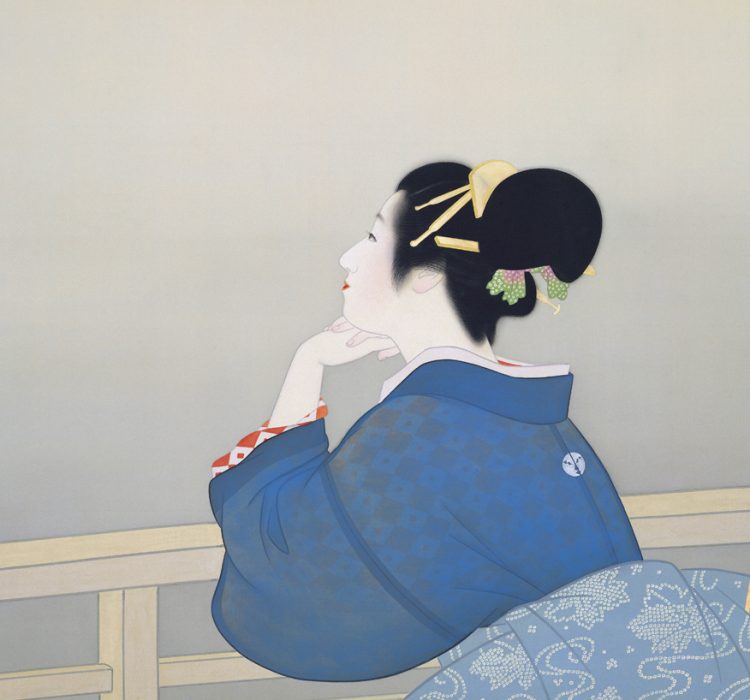
Oct.29
Modern Japanese Painting: Nihonga Explained
Oct.29
Adachi Museum of Art Nihonga
Nihonga draws on the traditions of over a thousand years, yet is a distinct genre of modern Japanese painting that developed from around the turn of the twentieth century. Today, it has evolved into an international art form, adopted by artists of many nationalities. Subject matter, too, is no longer limited to traditional Japanese themes….



